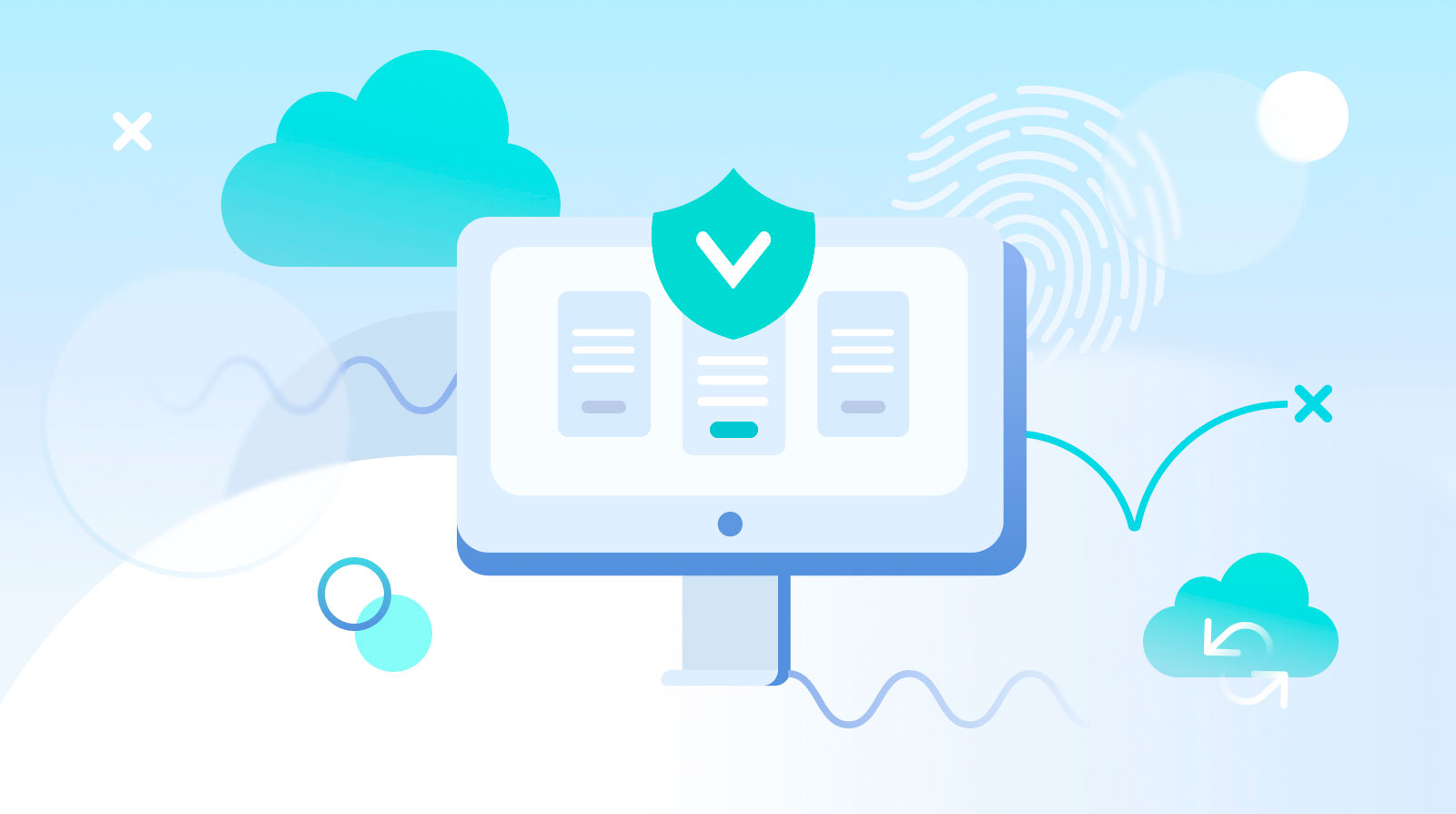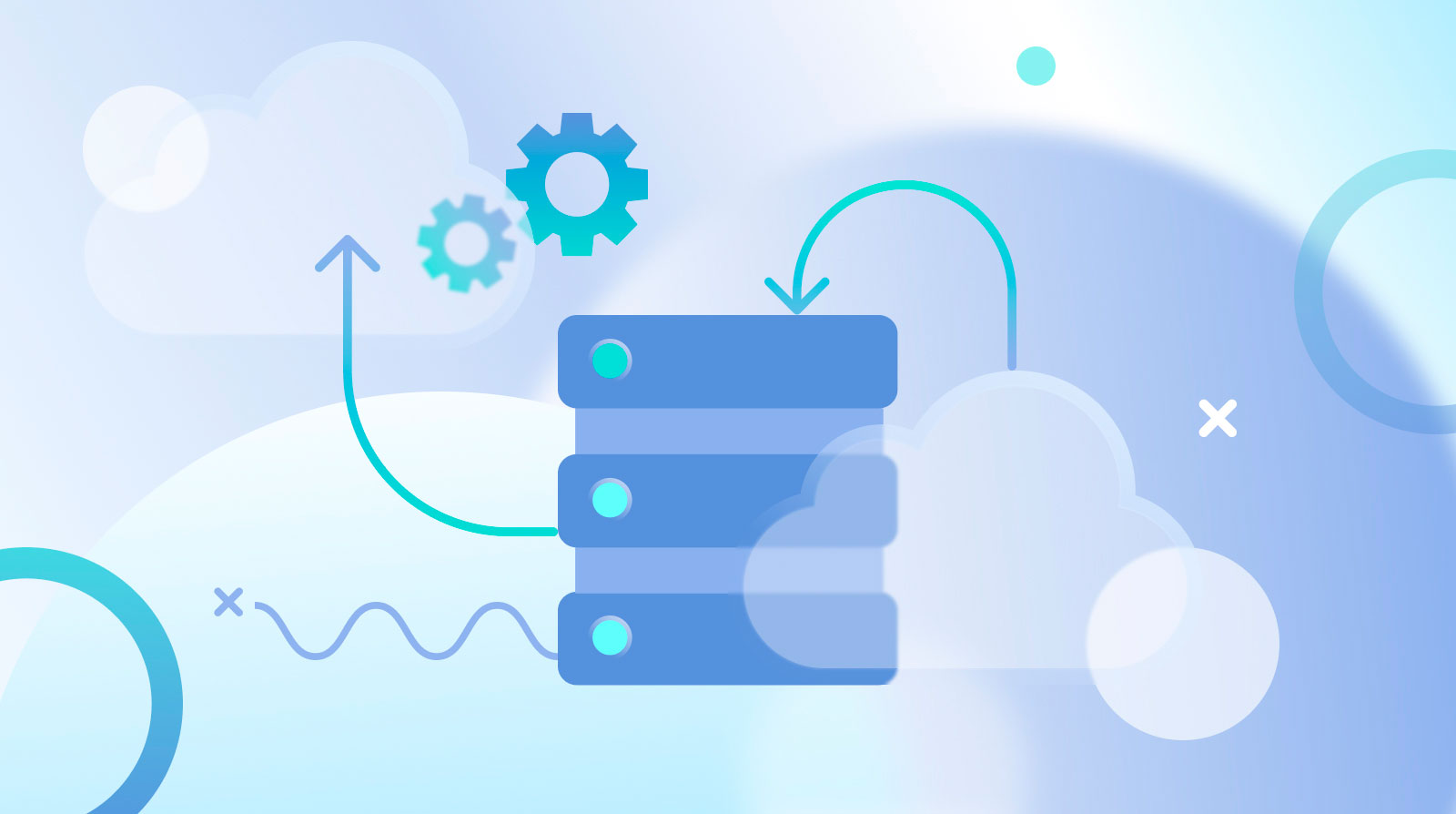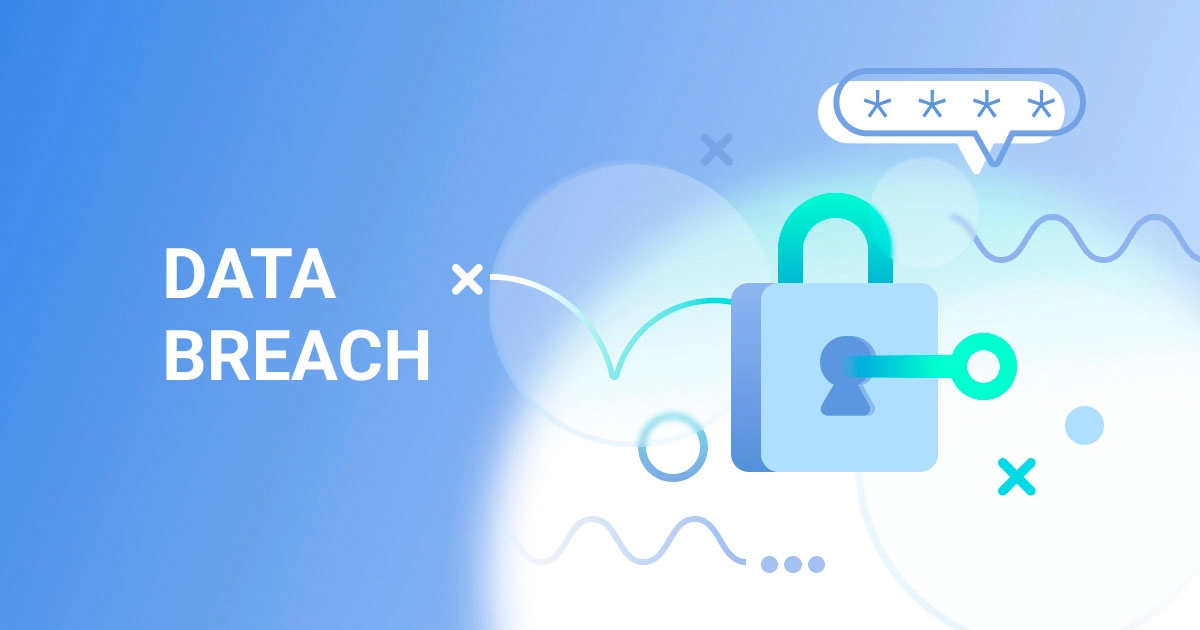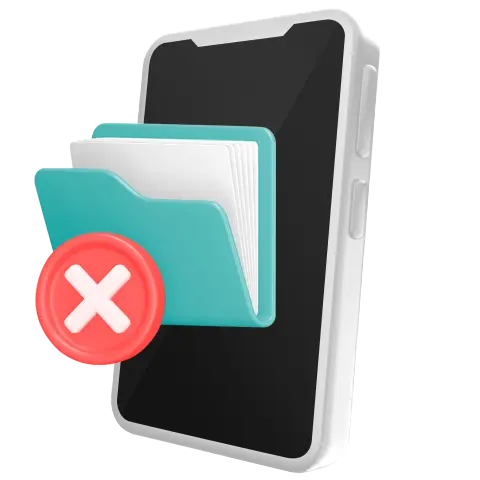Data protection is becoming a top priority for governments and businesses as the risks of data breaches continue to grow. Organizations should stay informed about the latest data security practices and implement them effectively to minimize the chances of unauthorized access to sensitive information. In this blog post, we discuss data breaches, their impact on company activity, and ways to prevent data leaks. Follow along!
What Is a Data Breach?
A data breach (or data leak or data spill) refers to the exposure, disclosure, or loss of sensitive information due to unauthorized access. It happens for various reasons: organized cyberattacks, human error, computer system glitches, loss of unencrypted devices, etc. People who steal data might have different malicious intentions: financial gain, political spying, activism, identity theft, etc.

What Are the Consequences of Data Breaches?
When a data breach occurs, an organization might lose more than exposed data. A data spill may lead to financial and reputational damage, as well as legal liabilities. Let’s look at several cases of data breaches in the phone industry.
In 2021, hackers gained access to T-Mobile's database and stole the personal information of its customers, including full names, birthdates, and ID numbers. The breach affected 76.6 million customers, some of whom filed class-action lawsuits, leading to T-Mobile agreeing to a $350 million settlement. Additionally, the company spent $150 million on cybersecurity improvements and data breach prevention measures.
The same situation happened to AT&T several times. In 2015, the company was fined $25 million for a data breach affecting 280,000 people. Then, in 2024, AT&T experienced two major data breaches; during the most recent one, the personal information of more than 110 million people was exposed. Multiple lawsuits were filed.
What Are the Main Causes of Data Breaches?
All causes of data breaches might be divided into two main groups: human and technical. Let's discuss both categories in detail.
Human Causes of Data Breaches
Sometimes, data leaks happen by accident, such as when an authorized person loses a corporate device or unintentionally publishes sensitive information. Accidental data exposure is a common issue, especially now with the spread of remote work.
However, sensitive data might be exposed not only by mistake but also as a result of deception. Hackers steal data using manipulations, phishing attacks, etc. Sometimes, they use social engineering techniques: they trick companies' insiders into unintentionally giving them access permissions to corporate information.
Technical Causes of Data Breaches
Bugs and vulnerabilities in software also create risks of data breaches. Usually, software providers are aware of issues with their products and release updates (or patches) to fix them. However, the vulnerabilities sometimes are unknown; this situation is called a zero-day and is considered a dangerous threat to cybersecurity.
Additionally, hackers create malicious software (or malware) to gain unauthorized access to sensitive data. Malware can be downloaded onto a device by clicking malicious links or visiting harmful websites. One of the most common types of such software is a keylogger, a program that records all actions performed on the device. Keyloggers are usually used to steal personally identifiable information (PII) or passwords.

What to Do in Case of a Data Breach?
Although many data breaches aren't detected, if you know that confidential information of your company and its users was compromised, you should respond with the following actions:
-
Detect the problem. You need to understand the initial threat to be able to stop the spread of the data spill.
-
Contain the data breach. When you know the problem, shut down the compromised systems or accounts. This will prevent the further exposure of sensitive data.
-
Define the compromised data and affected users. It is crucial to estimate how many people were harmed by the data leak and what exact information was exposed.
-
Notify affected parties. People and organizations whose information was stolen must be outright informed about the situation and its possible consequences.
-
Investigate the causes. A thorough understanding of how the data breach happened will be extremely useful in identifying those responsible and defending against it in court.
-
Prevent further data breaches. When you know what happened and how it happened, you need to improve your data security to ensure data is never leaked again.
How to Prevent a Data Spill?
Data breaches can be prevented if the organization implements the best data protection practices. Moreover, data security should be a top priority and an ongoing activity to ensure that you can avoid the latest threats.
We have collected a list of efficient ways to prevent data breaches.
Employee Education and Training
People in your organization should be aware of cyberthreats and their responsibilities regarding data protection. Warn your employees to use strong passwords, update their devices with each release, install antivirus software, avoid clicking on suspicious links, and download unknown files, etc.
Additionally, training can help prevent social engineering. When insiders know what psychological techniques scammers use to gain trust, it's easier to detect suspicious actions and ask for help.
Multi-Factor Authentication
Data stored on devices must be securely protected to save the information in case hackers get access to corporate electronics. Multi-factor authentication is a way to prevent data leaks from the device with weak and stolen credentials. Apart from entering a single password, you need to pass a biometric check, for example, to log in.
Responsible Data Collection
The less information you collect from your employees and customers, the less data you have to manage and secure. Therefore, ensure you gather only the data you need and destroy it irretrievably when it's not required. To erase confidential information from multiple devices, use certified software solutions, for example, NSYS Data Erasure. It provides quick and secure data destruction in accordance with international standards and guidelines, such as NIST, ADISA, and GDPR.
Perform Vulnerability Assessments
As a part of your data safety strategy, you need to regularly check your software and hardware products for bugs to identify potential risks. Also, performing rigorous testing before each release will reduce vulnerabilities.
Patch management should be an ongoing activity to ensure all systems and applications are updated and safe.
Data Backups
All information must be backed up to ensure it can be recovered in case data breaches happen. Companies should implement backup and recovery plans and create guidelines to minimize the damage caused by data leaks.
Regular Audits
The process will be the most efficient if done continuously and according to a long-term plan. Audits performed on a regular basis will help: When the situation is monitored over time, it is easier to notice suspicious activity. Moreover, audits are a great reminder for your team of the data safety importance.

How to Provide Data Safety for Your Used Device Businesses?
Businesses that operate with pre-owned devices should pay extra attention to data security. The best way to irretrievably delete information is to use automated software, such as NSYS Data Erasure.
NSYS Data Erasure is an ADISA-certified solution that erases data in accordance with international guidelines such as NIST and GDPR. It can wipe data from several devices at once, with up to 60 devices connected to a computer simultaneously.
The solution ensures safe and quick data destruction for your inventory. Try NSYS Data Erasure for your business!








